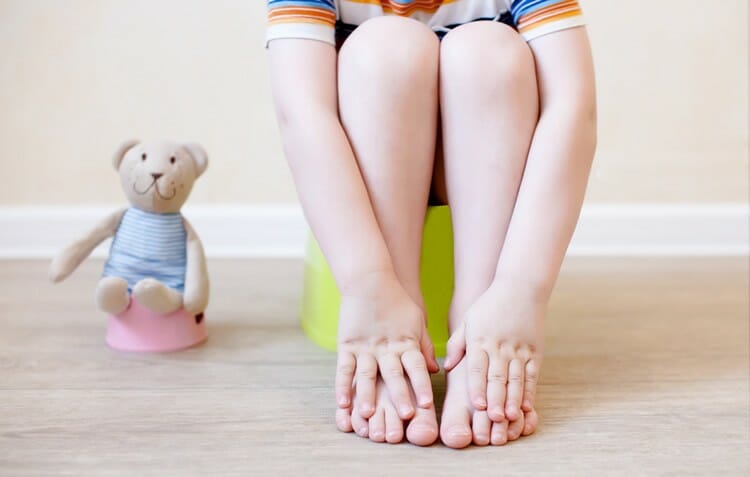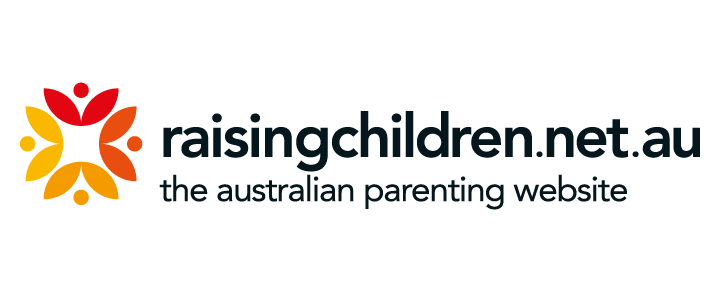
Consistency in Approach
Childcare and toilet training. The combination can cause some parents to worry, while other parent’s see it as a blessing that someone else is taking care of the potty training.
Whatever your feelings are, the critical thing for you and your toddler is that you have good communication with your toddler’s carers. This ensures that you can both manage toilet training with the same consistent approach.
If you’re thinking about toilet training your toddler while they are in day care it’s probably a good idea to schedule a meeting with the childcare centre or family day care staff. This way you can share your thoughts and develop a process that will work effectively at home and in the day care environment. Communication and consistency are key!
Childcare Considerations and Tips
- Does your childcare centre have a policy about children wearing toilet training pants?
- Do they encourage toilet training at a particular age?
- How will they encourage your toddler to go to the toilet?
- Ensure they are aware of the same facial/body cues that your toddler uses to indicate they need to go to the toilet.
- Will there be a specific carer on each shift who will be responsible for monitoring your toddler for cues?
- Will they be using the smaller toilet or a potty to take your toddler to the toilet?
- Can you supply your own potty so your toddler is familiar with this?
- How will the carers manage the situation if your toddler has an accident?
- Are there older children that will be able to be used as a role model?
- If you are using the run around naked method at home, this clearly will not be allowed at the kindy, so you may need to adjust your training method at home to include the preferred method of the child carers.
- If your kindy/childcare is encouraging independence by getting your toddler to pull their own pants up and down and to wash their hands, then make sure that you maintain this independence in the home.
- Be prepared to take advice from your carers on whether they think your toddler is ready (or in fact not ready) to start toilet training. They deal with a large number of toddlers going through this phase and will be able to offer a lot of insights.
- Think about how you will manage the situation if you are not satisfied with the progress of toilet training while your toddler is in childcare?
Practical Tips
- Pack a few more Nappy-Pants Training Pants than you would normally go through in a day at home. There are lots more distractions at childcare and despite the best efforts of the carers they are not able to provide 100% attention to your child so may miss a few cues every now and then.
- Once your child has progressed from training pants and is regularly dry during the day you will need to pack a number of extra changes of clothes. Even though they may be able to remain dry at home, it can be a little trickier at ‘kindy’ to always remember to go to the potty. When your toddler is engrossed in an activity they may hang on just a moment too long.
- Label all items of clothing; right down to the pants and socks. It will help to ensure that the carers can send home the correct clothing at the end of the day.
If your childcare centre still has a rest period in the afternoon place a Nappy-Pants Toilet Training pant in with the sheets as a reminder for your child’s carers to help put this on before rest time. - Provide the day care with the Nappy-Pants Toilet Training chart so they can record each attempt, success and accident that your child has throughout the day. This provides a good basis for discussion each day.
Pressure to Train from Childcare
Most long day care centres will be able to cope with a toddler who is not toilet trained until they are quite old. However, you may find that some pre-schools will be hesitant to welcome a toddler who is not toilet trained, or may ask that they are toilet trained before they start coming in. This usually relates to the facilities available and the staff to child ratio.
Of course, this can often create a lot of pressure to toilet train prior to starting preschool.
Despite the feeling that time is of the essence you will need to allow your toddler plenty of time to become accustomed to the idea. There is no point trying to rush toilet training to meet a schedule that your toddler simply doesn’t understand.
Your best bet is to follow the guidelines for the signs of readiness and get prepared to start the toilet training process together.
Article used with permission from Huggies: https://www.huggies.com.au/toddler/toilet-training/how-to/childcare







Leave A Comment